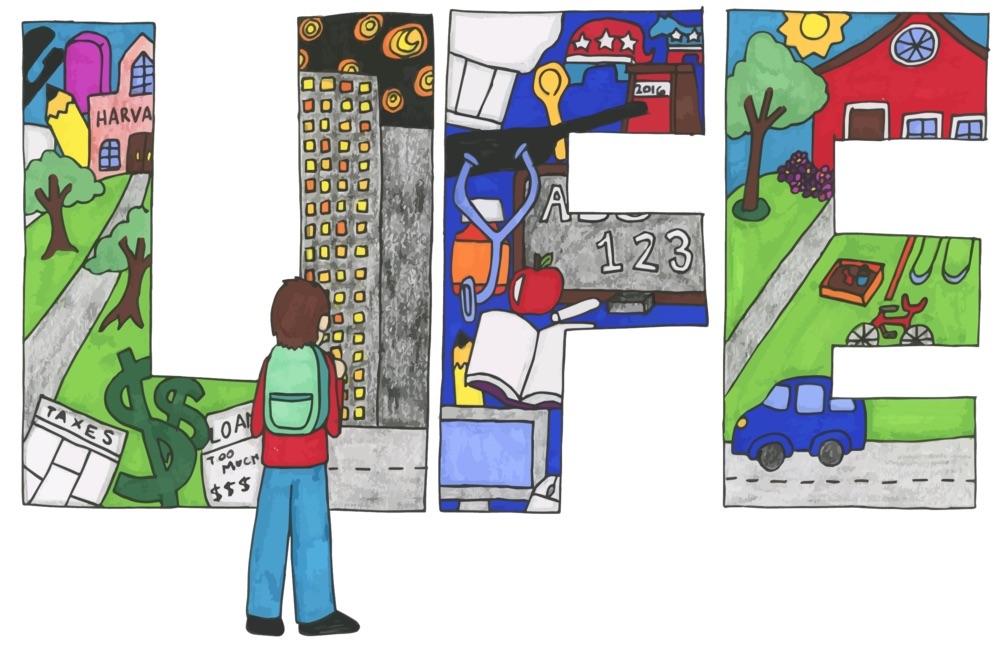The Internet has allowed the media to become more than the traditional television programs, radio shows and print publications. Non-journalist citizens supplement the traditional media powers with new perspectives and additional coverage of stories.
Over the past 20 years, as the tools for communication have reached a critical level of refinement, those working in traditional media have witnessed the emergence of citizen journalism—for better and for worse.
Take for instance CNN’s iReport. Recently, a citizen journalist published a story falsely reporting Steve Jobs had died of a heart attack. Although the story was found to be false and taken down in less than half an hour, Apple shares dropped nine percent. The old adage applies here: “A lie can travel halfway across the world before the truth can put its pants on.”
If the emergence of citizen journalism teaches us anything, it is this: While breaking news can now be reported by anyone, via Twitter, Facebook, etc., media consumers do not always have the necessary skills to discern between objective journalism and inaccurate journalism. Too often, consumers take “breaking news” from citizen journalists as truth without further research as they lack the skills to think critically about the information.
There is no doubt that citizen journalism has value in aiding media coverage. CNN, The Guardian and ProPublica are all major media organizations with websites dedicated to citizen journalism. These sites allow large media organizations to pinpoint breaking news as it happens, and gain feedback from viewers in a timely and relevant way.
But in far too many cases, citizen journalists lack the professional training and experience of most professional journalists, resulting in inaccurate and unreliable information. Journalism exists to prevent the spread of information that is baseless and cannot be trusted.
Citizen journalists can discover new stories and offer fresh perspectives. Yet the free availability for nearly anyone to contribute and publish news content to consumers, with no filter and a startling lack of media literacy presents a problem. A different standard between professional and citizen journalism exists. It is important to recognize the value of each, while at the same time being able to recognize the difference between the two.
Editorials in the “In the Loop” section reflect the majority opinion of the Editorial Board, comprised of five editors.








 Spokane?
Spokane?